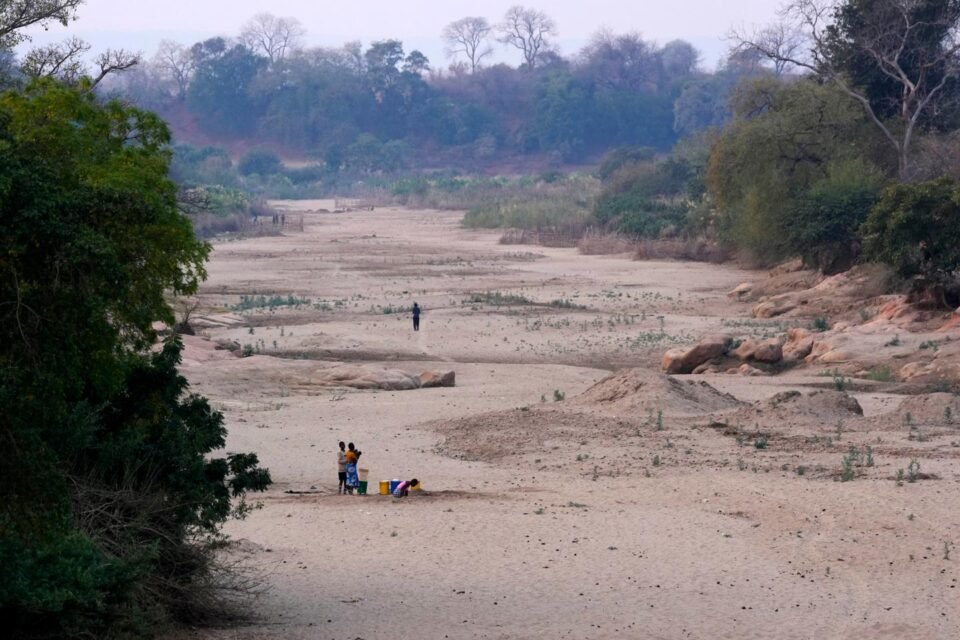Around the world, we are witnessing the devastating effects of changing temperatures. Droughts, floods and sweltering heat are taking lives, eroding hard-earned socioeconomic gains and leaving countries’ future hanging in the balance. Worse, those who have contributed the least to the climate crisis are being hit the hardest. For all countries, the tasks are clear: They must strengthen their green ambitions to limit global warming and build resilience against mounting climate-related hazards. But that will require mobilizing finance on a massive scale.
At last year’s United Nations Climate Change Conference in Dubai (COP28), governments committed to “transitioning away from fossil fuels in energy systems, in a just, orderly and equitable manner, accelerating action in this critical decade, so as to achieve net zero by 2050.” Looking at this month’s UN Summit of the Future and ahead to COP29 in November, the need to reform the global financial architecture and set an ambitious new goal for international climate finance has become even clearer. Both are essential to deliver on the key tasks of climate mitigation and climate adaptation.
We know that it is possible to shift from fossil energy to renewables at the necessary speed and scale. Three decades ago, Denmark was heavily reliant on oil and gas. Yet renewables now account for 90% of its electricity consumption and are estimated to account for 110% in 2030. At the same time, Denmark’s booming wind industry has driven a jobs transition, creating a more sustainable and greener labor market.
Given these benefits, the global climate financing gap should be seen as an opportunity. Emerging-market and developing economies (EMDEs), excluding China, will need an estimated $2.4 trillion (€2.2 trillion) annually by 2030 for climate- and nature-related investments, which could drive climate-positive growth, help countries manage the effects of climate change, create decent jobs, expand capital markets and strengthen resilience – all at the same time.
The good news is that many EMDEs are home to some of the best climate-related investment opportunities. Moreover, technology tipping points are increasingly making low-carbon, nature-positive, equitable solutions commercially attractive.
Assuming greater risk
The bad news is that annual investments in clean energy in EMDEs (excluding China) need to increase seven-fold by 2030 to align with the Paris climate agreement. While Africa boasts 60% of the best solar resources globally, it hosts only 1% of installed solar PV capacity. And the figures are even worse when it comes to adaptation. Between 2016 and 2021, only 9% of the private climate finance mobilized across developing countries went toward adaptation. To say that we are not doing enough is putting it mildly.
You have 57.71% of this article left to read. The rest is for subscribers only.

